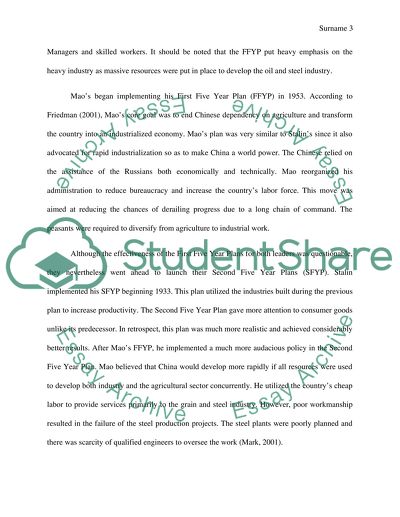Cite this document
(“Compare and differentiate Maoism and Stalinism Term Paper”, n.d.)
Compare and differentiate Maoism and Stalinism Term Paper. Retrieved from https://studentshare.org/history/1461386-compare-and-differentiate-maoism-and-stalinism
Compare and differentiate Maoism and Stalinism Term Paper. Retrieved from https://studentshare.org/history/1461386-compare-and-differentiate-maoism-and-stalinism
(Compare and Differentiate Maoism and Stalinism Term Paper)
Compare and Differentiate Maoism and Stalinism Term Paper. https://studentshare.org/history/1461386-compare-and-differentiate-maoism-and-stalinism.
Compare and Differentiate Maoism and Stalinism Term Paper. https://studentshare.org/history/1461386-compare-and-differentiate-maoism-and-stalinism.
“Compare and Differentiate Maoism and Stalinism Term Paper”, n.d. https://studentshare.org/history/1461386-compare-and-differentiate-maoism-and-stalinism.


